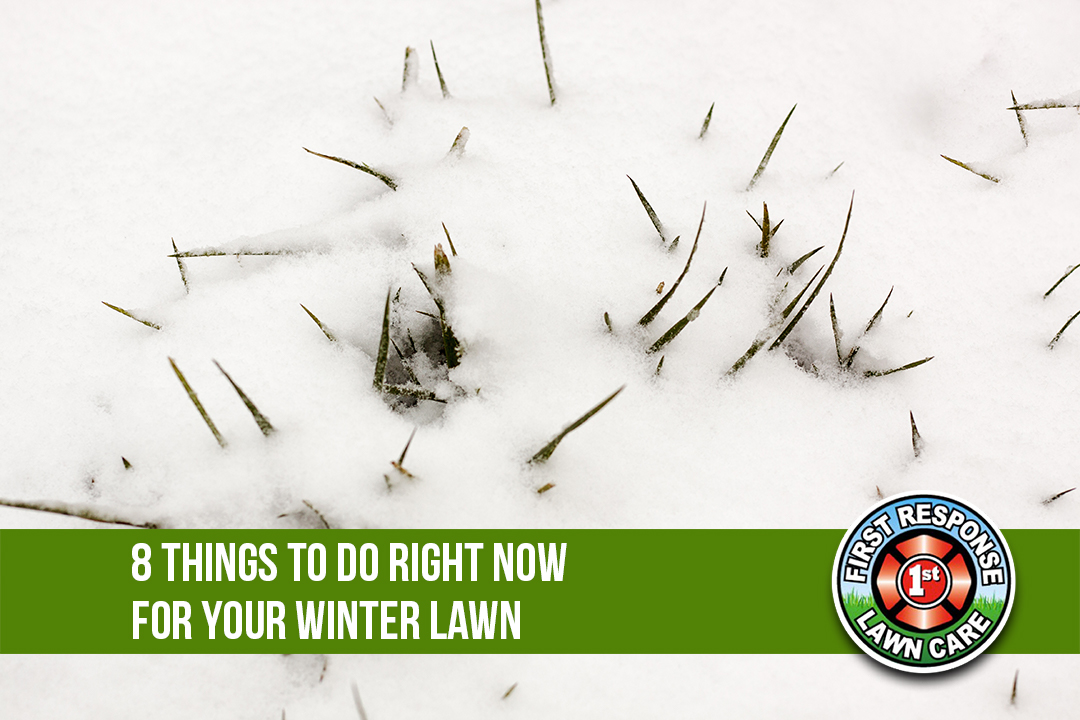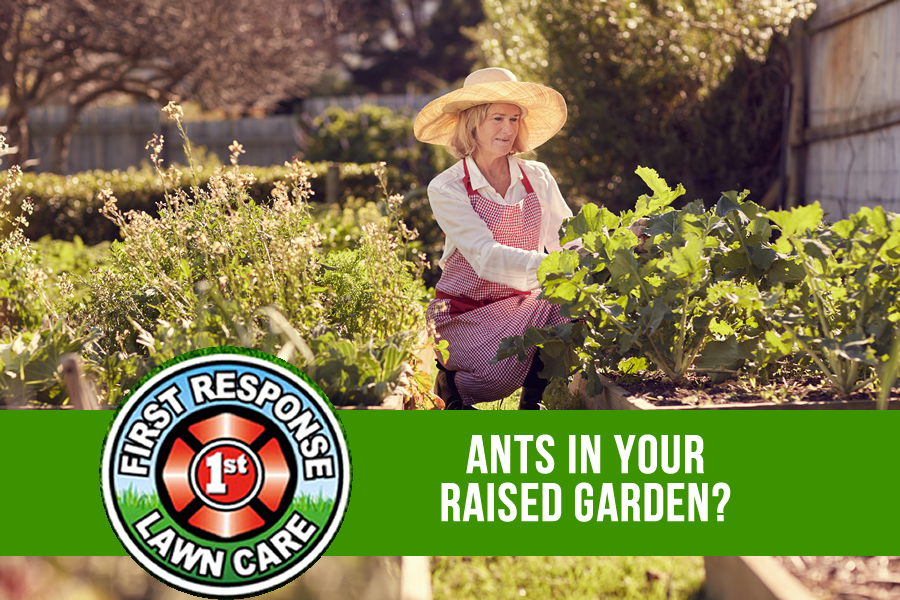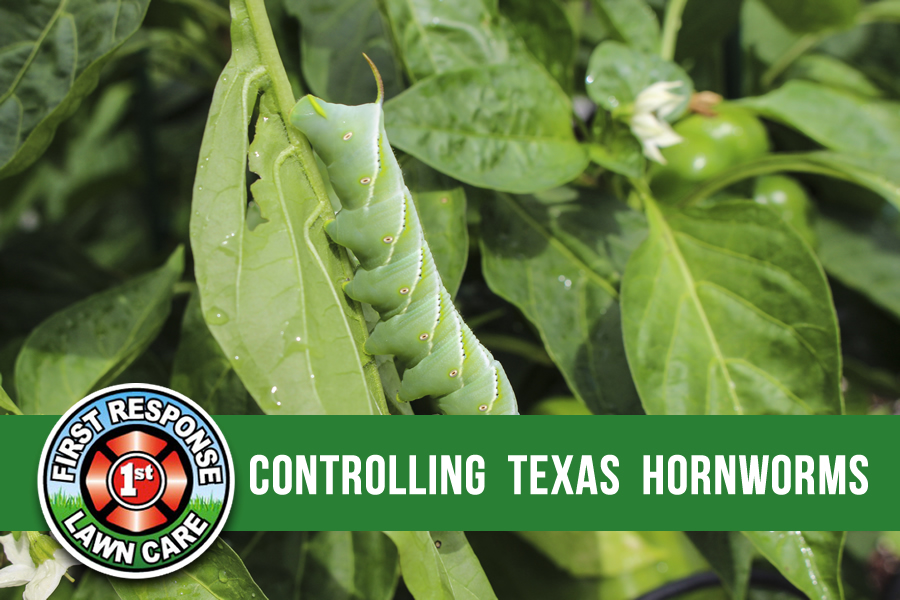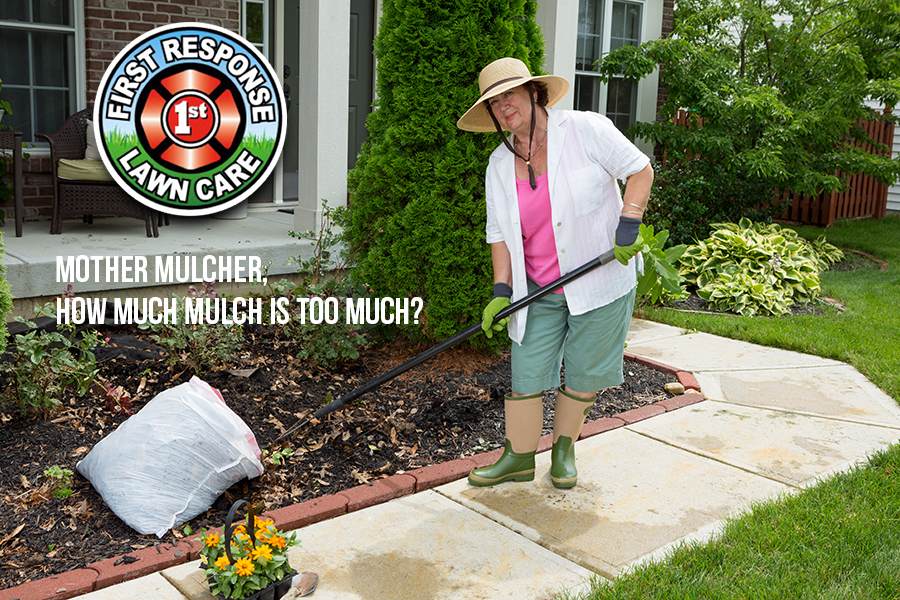
by admin | Jan 24, 2019 | Fertilize Treatments Rockwall, Gardening Tips, Lawn Aeration Rockwall, Lawn Care Royse City, overseeding ryegrass rockwall, Pre emergent Service Fate TX, Shrub Trimming Caddo Mills, Weed Control Fate, Weed Control Royse City, Winterizing, Winterizing Your Lawn
Here are 8 Things To Do Right Now For Your Winter Lawn. Texas’s warm humid climate and rich soil, is ideal for plant life. Gardens here show evidence of that.
With the first official day of Spring still over a month away, your attention may be focused mostly indoors. Even in the cold winter months, however, our lawns and gardens have specific needs. What may look dead and brown but is teeming with life just underneath the surface.
In order to reduce pests and ensure that your plants and grasses will thrive as the weather warms up, your Texas winter gardening regimen should include these essential steps.
TIPS FOR SUCCESSFUL TEXAS WINTER GARDENING.
Apply Pre-emergents
Now is the time to apply your pre-emergent on lawns and grasses to prevent the germination of weed seeds. The window of opportunity is open right now. Corn gluten meal is a great organic approach, but other herbicides can be purchased at your local nursery or home improvement store. Pre-emergent is a small step that yields BIG dividends in spring and summer.
Fertilize
If you haven’t done so already, fertilize all established trees and shrubs (except azaleas and camellias), and feed perennial bulbs. This can be done simultaneously with the pre-emergent. Your compost pile is perfect for this use, or check with your local garden center for recommendations.
Watch the weather
Historically, the coldest days of the year fall in the month of February. This does not come as great news to those of us yearning for the warmer weather, but gardeners should be on watch for a potential freeze all the way into the month of March. Make sure to water the roots well, and cover plants if temperatures fall below 32 degrees.
Pruning
This is the best time to prune shrubs, trees, and roses, but wait to prune spring flowering trees until after they bloom. Crepe Myrtles are the exception to this rule. Experts advise that crepe myrtles should never be pruned or can be pruned very gently.
Mowing
Mow your lawn once this month. This will allow the sun to reach the roots.
Clean up
Rake any fallen leaves, for the same reason. Grass roots need sunlight to germinate and begin the new growth cycle. Be sure to remove all debris and other encumbrances to growth. These leaves and other lawn debris can be put into the compost bin for later use as fertilizer.
Weeding
Dig weeds out by hand. There may only be a few, but soon they will become legion. Tackle the small job now, to avoid a larger one later.
Plant bulbs
Now is the time to plant later blooming bulbs and tubers such as dahlias, elephant ears, caladiums, and calla lilies. This is also the perfect time to plant strawberries.
Yes, it is cold outside. But if you want to have a beautiful landscape when spring comes, the time to begin is now.
Questions? Contact First Response Lawn Care by clicking the link below to ask about our expert services in all these areas!
Contact First Response Lawn Care Today!

by admin | May 21, 2018 | Ant Control Rockwall Texas, Gardening Tips
We had a client who woke up to a huge ant mound in her raised vegetable garden. The grape vine and basil next to the mound was already looking droopy. She tried digging out the top mound and moving the ants to another location, but the deeper she dug, the more she realized that beneath the soil, these little insects had taken over the entire floor of the garden bed. She asked what to do to get rid of the ants naturally.
We have several suggestions, so it depends on what is most important to you. If you don’t want to kill the ants, you could place coffee grounds in the raised bed and mix them in with the soil. The acidity in the coffee will drive the ants away. The problem is that these smart insects will go somewhere else to build their colony.
Or you could sprinkle ground cinnamon where you see the ants. Cinnamon disrupts the trails the ants are making, and they’ll stop coming that way.
Coffee grounds and cinnamon are obviously not harmful to your vegetables, so these are both a great organic way to treat ants.
If your intention is to rid your veggie garden and lawn completely of ants, you could use more aggressive household products which will likely kill the ants. You could use a mixture of 1 cup of Borax, 1 cup of sugar and 1 tablespoon of water in a bowl to make a paste. Place the bowl near the ant mound. The ants are drawn into the bowl by the sugar and the Borax immediately kills them or they will take it back to the colony and it will kill the ants beneath the soil.
You might wonder if the Borax would be harmful to you since you’ll eat the veggies. The answer is that the amount carried back to the soil would be so minuscule that it would not be toxic. Borax is a naturally occurring mineral also known as sodium borate, sodium tetraborate, or disodium tetraborate. It is an important boron compound, a mineral, and a salt of boric acid.

by admin | Sep 22, 2017 | Gardening Tips, Lawn Pests
You can find these pesky caterpillars feeding on your various garden plants like tomato, eggplant, pepper, and potato. Hornworms can be hard to spot because they blend in with the plant leaves. They literally look like a leaf in their coloring. If you see dark spots on your leaves, look underneath and you may find one of these buggers. If you don’t see them in time, they can take your plants down to a nub in a matter of days.
Factoids about Hornworms
All living creatures serve a purpose, so what’s the purpose of the pesky hornworm? Well, it matures into a beautiful sphinx moth that resembles a miniature hummingbird.
With that hook on one end, it sure looks like it might sting or bite, but nope. A hornworm’s horn doesn’t sting and is no threat to humans. If you poke one, you may be treated to a defensive response. The hornworm will rear up, looking as threatening as possible, and make loud clicking noises.
Wasps are a great ally in controlling hornworm populations. If you see a hornworm with what looks like grains of white rice stuck all over its back, it has been parasitized by a wasp. When the eggs hatch, the larvae will eat the hornworm. The wasps have a natural duty to keep the hornworms in check.
How to control Hornworms
Commercial and organic pesticides are available. Or you can pick them off your plant and transport them to another location. Remember, they do not bite or sting, and the worst thing that can happen is they will make a loud clicking sound.
As mentioned in our factoids, if you see the hornworm covered in white egg sacs that look like rice, leave that hornworm alone. The egg sacs are those parasitic wasps called the Braconid wasp. Let the eggs hatch. Then you’ll have an army of wasps to defend your garden against all types of pests. These wasps are not a threat to humans.
Preventing future Hornworms
Tilling your garden after your harvest and again in early spring, can kill the majority of the overwintering pests and reduce hornworm problems for the coming year.
If you need help with your lawn maintenance, call First Response Lawn Care today!

by admin | Jul 14, 2017 | Gardening Tips, Spring Weed Control
My mother is an overzealous mulcher. She’s obsessed with buying 10-15 bags of redwood mulch every few months to keep her beds looking fresh and bright. This is such a waste of money, but also could be hazardous to the shrubs and trees the mulch encases.
The Harms of Over Mulching
- Burying shrub or tree roots deeply under mulch decreases the oxygen supply. Roots need oxygen in order to provide it to plants.
- Lack of oxygen prevents beneficial soil microbes from breaking down the mulch. Instead, harmful soil microbes produce substances that are toxic to roots.
- Trees surrounded by mounds of mulch may send shallow roots into the mulch, instead of the soil. This makes them more susceptible to drought, stress, and wind.
- Piling up mulch against the trunk provides a safe haven for harmful insects. It can also promote rot due to excess moisture retained by the mulch.
Mulching Rule of Thumb
Before topping off your beds with more mulch, first measure how much mulch is already there. A two to four-inch layer is ideal, and provides many benefits to plants like:
- Weed suppression
- Moisture retention
- Slow addition of organic matter to the soil as the mulch decomposes.
- Keeps mowers and weed trimmers away from trunks which can be easily damaged by such equipment.
Since mulch does so many good things, it is easy to think more would be better. In reality, thicker layers of mulch actually harm plants. When mulch builds up over four inches it often becomes a water repellent. When this happens water simply sheds off the top of the mulch rather than soaking in to the soil below, leaving plants thirsty.
Thick layers of mulch can also suffocate plant roots. We don’t often think about the role of air in the soil, but roots need air to survive. Burying root systems under excessive layers of mulch reduces the amount of air in the soil, causing plants to decline. This decline is usually slow, often taking years for plants to die from over mulching.
If you already have a four inch layer of mulch on your beds, but wish to add more to brighten up the bed’s appearance, you have two options.
- Option 1: Remove part of the existing mulch before adding new mulch. You can add the old mulch to your compost pile or use it as an under layer for new beds.
- Option 2: Stir up the existing mulch. Often only the top layer loses its bright appearance and if you mix the mulch up a bit, you will bring some of the more richly colored lower layers to the surface.
Another common mistake is to treat mulch like a soil amendment, mixing it into the soil when you plant. When mixed into the soil, they slowly release nutrients, help retain moisture and also improve drainage. Most mulches are too coarse to make good soil amendments. Often mulch and soil are mixed together by accident when new plants are set out. Over time, you can build up a layer of mixed soil and mulch that is several inches thick. Plants typically do not grow well in this mix because it stays too dry and because the decaying mulch actually pulls nitrogen out of the soil. To avoid mixing mulch with soil, always rake mulch away from the area before planting. If you have beds where mulch has become mixed with the soil, rake down to the soil level and be sure to plant into soil rather than mulch.
Need lawn care help or just chew the mulch with us, call today (214) 701-7622!
Landscaping




